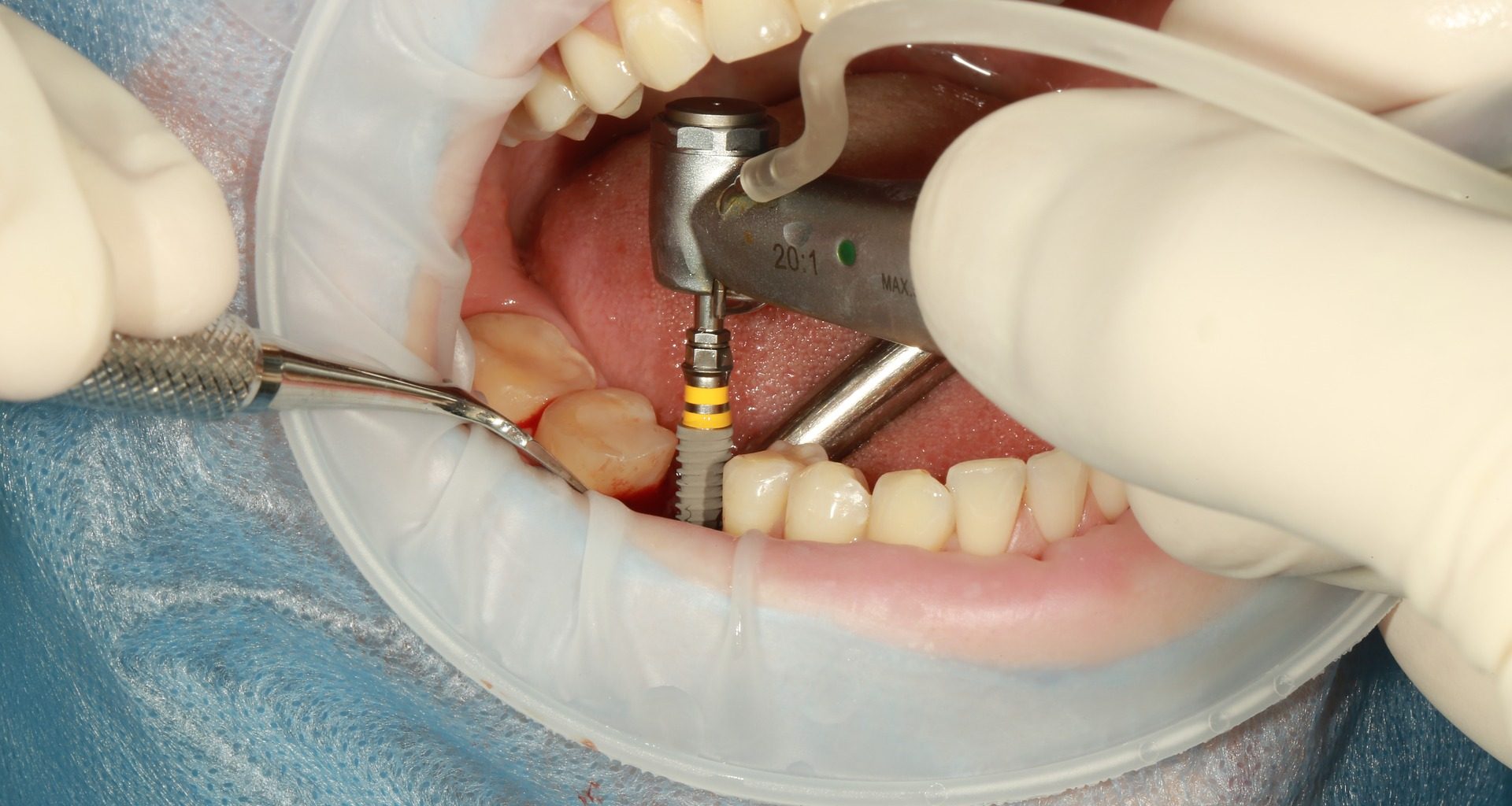Dental implants were invented in 1952 by a Swedish orthopedic surgeon.
Dental implants today are the standard for teeth replacement. They are essentially a framing metal post that are surgically positioned in the jawbone, right beneath your gum line. These posts of sorts, allow your dentist to mount new replacement teeth. Most dental implants are made of titanium, this allows them to integrate with bone and be compatible with the body.
Technology and science have advanced so much in the last decade that dental implants are the norm. Today, the success rate for dental implants is close to 98%. They are a popular and effective way to replace missing teeth and are designed to blend in with your other teeth. They are an excellent long-term option for restoring your smile
Dental implants are the most stable of artificial teeth. Unlike dentures and bridges, that tend to slip or shift in your month, with implants they provide the necessary support. They look and feel more natural than your granddads false teeth plate
Bridges and dentures are a less expensive route, but are not as comfortable and sometimes it is not possible to have them, usually because of sore spots in your mouth, or bone structure, gums issues. Ordinary bridges must be attached to teeth on either side of the space left by the missing tooth. The advantage of implants is that no adjacent teeth need to be prepared or ground down to hold your new replacement tooth/teeth.
You will need to have healthy gums and bone to support the implant. You must keep these posts healthy. Oral hygiene and dental visits are critical to the success of implants.
Implants are usually more expensive than other methods of tooth replacement, and most insurance carriers typically cover less than 10 percent of the fees
There are two types of implants to be safe.
· Endosteal implants — these are surgically implanted directly into the jawbone. Once the surrounding gum tissue has healed, a second surgery is needed to connect a post to the original implant. Finally, an artificial tooth (or teeth) is attached to the post-individually, or grouped on a bridge or denture.
·
· Subperiosteal implants — these consist of a metal frame that is fitted onto the jawbone just below the gum tissue. As the gums heal, the frame becomes fixed to the jawbone. Posts, which are attached to the frame, protrude through the gums. As with endosteal implants, artificial teeth are then mounted to the posts.
If dental implants is an option that you are considering, its time to discuss with your dentist. Generally, dental implant candidates should be in good general health. Health is more of a factor than one’s age. Your physician can medically evaluate you before any implant surgery. The biggest concern is the healing time after surgery, if you suffer from other illnesses this may interfere with the healing process, and of course tobacco will also slow the healing.
Stay Connected